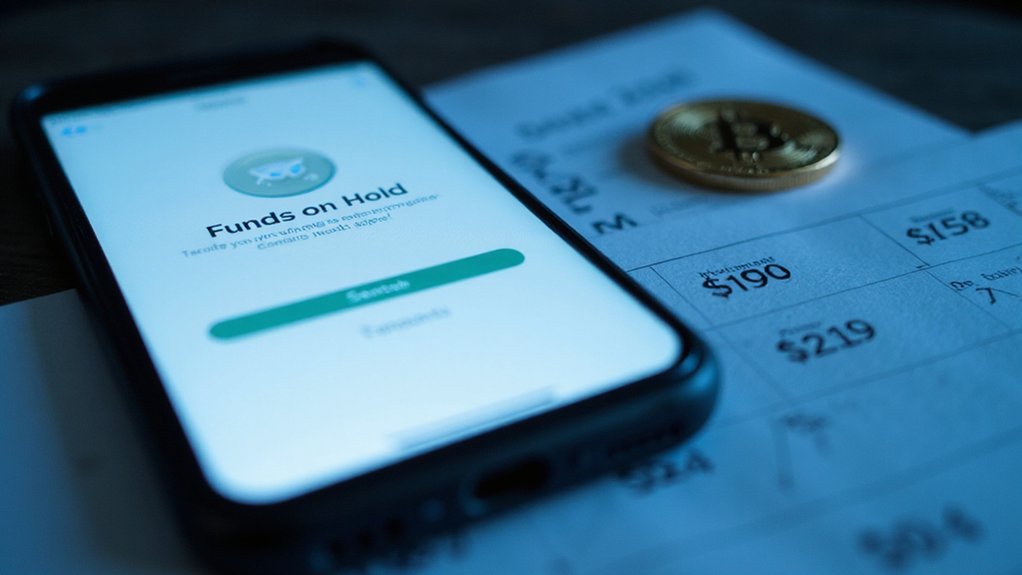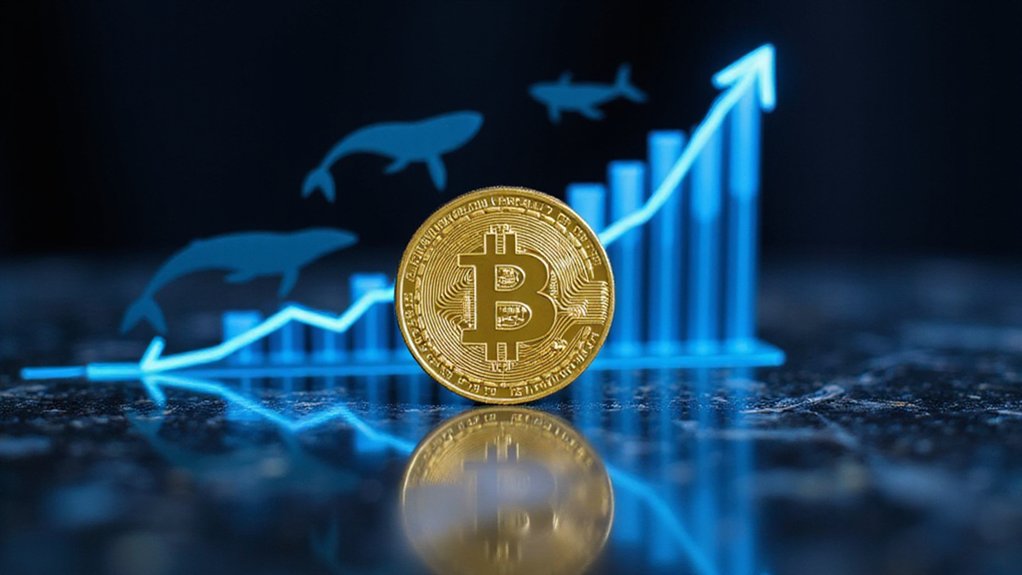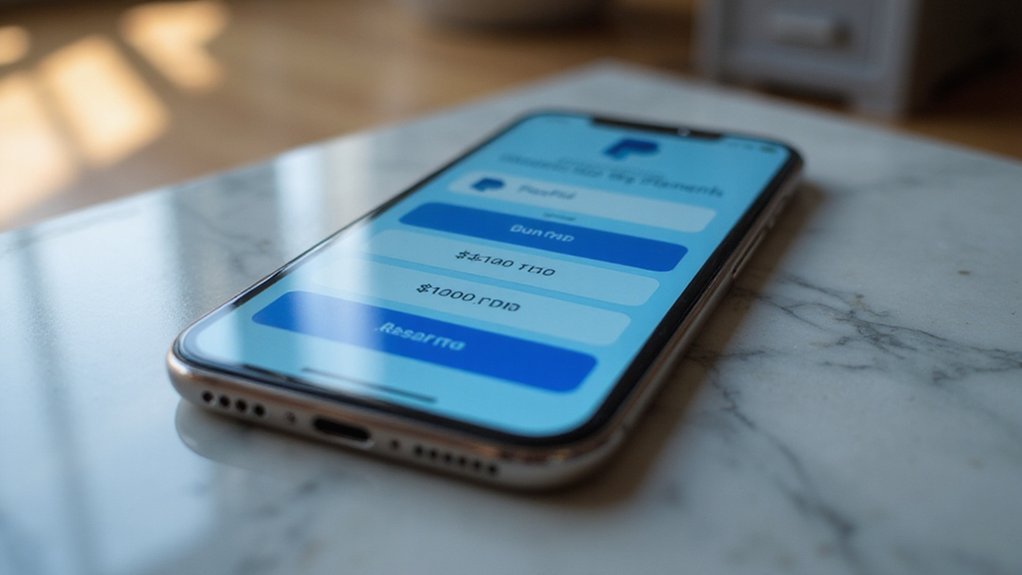Coinbase’s seemingly interminable fund holds stem from a confluence of fraud prevention protocols, payment method limitations, and regulatory compliance requirements. ACH transfers—the financial equivalent of sending mail by stagecoach—trigger the longest delays (7-10 days), while wire transfers and debit purchases offer speedier access at premium costs. New users face heightened scrutiny, and erratic transaction patterns invariably trigger algorithmic suspicion. The technical reconciliation between antiquated banking networks and cryptocurrency systems creates an unavoidable temporal dissonance that even the most established account holders cannot fully escape.

When avid cryptocurrency investors discover their recently deposited funds are inaccessible for over a week, frustration inevitably follows.
This widespread practice—Coinbase’s notorious 7 to 10-day hold period—isn’t merely arbitrary obstinance but rather a calculated fraud prevention measure implemented across their platform.
The hold allows Coinbase to verify transaction legitimacy while preventing the immediate withdrawal of potentially ill-gotten funds (a rather prudent concern in an industry where hacks and scams proliferate with alarming regularity).
The specific payment method utilized substantially influences these holds.
ACH transfers, the plebeian’s preferred deposit method, trigger the longest delays as they crawl through antiquated banking networks. Users from Europe may find that SEPA deposits face significantly shorter holds, typically between 1-3 days instead of the longer standard period.
Meanwhile, wire transfers—while not entirely immune to scrutiny—typically process with marginally greater alacrity.
It’s worth noting that while one’s newly purchased Bitcoin remains immobile in the withdrawal sense, it can still be traded or sold within the platform’s ecosystem.¹
Account history factors heavily into Coinbase’s risk calculus.
Neophytes and those with erratic transaction patterns naturally face heightened scrutiny; the platform’s algorithms, ever vigilant for suspicious activity, flag accounts that deviate from established behavioral norms.
Frequent large deposits—particularly those incongruous with previous patterns—trigger extended holds as automated systems dispatch these anomalies for manual review.
Regulatory compliance further necessitates these holds.
Anti-money laundering protocols and know-your-customer regulations compel Coinbase to implement robust transaction monitoring—a responsibility they cannot shirk without risking substantial penalties.
These compliance frameworks vary by jurisdiction, creating a labyrinthine regulatory landscape through which Coinbase must carefully navigate.
Technical constraints likewise contribute to these delays.
The arcane reconciliation processes between traditional banking systems and cryptocurrency platforms require time—an unfortunate reality of bridging two fundamentally different financial paradigms.
Settlement times, particularly for bank transfers, operate on timescales wholly incompatible with the instantaneous expectations fostered by cryptocurrency enthusiasts, creating an uncomfortable temporal dissonance between expectation and reality.
If users encounter persistent issues with fund holds, they can reach out through official support channels to receive assistance specific to their account situation.
Some users seeking quicker access to their funds can avoid these lengthy delays by funding their accounts through debit card purchases instead, though this convenience comes with higher fees and lower purchase limits.
¹An important distinction that provides little consolation to those seeking liquidity outside the platform.
Frequently Asked Questions
Does Coinbase Hold Times Vary by Payment Method Used?
Coinbase hold times indeed vary considerably by payment method—a fundamental distinction in the platform’s fund processing architecture.
ACH transfers languish in a 3-5 business day purgatory while debit card purchases manifest instantly in one’s account.
Wire transfers, occupying the middle ground, become available promptly upon clearing the banking system.
These disparities stem from inherent differences in processing mechanisms, fraud risk assessment protocols, and the platform’s own risk management framework for each payment channel.
Can VIP or High-Volume Traders Get Faster Fund Releases?
While Coinbase doesn’t explicitly advertise expedited fund releases for VIP traders, these high-volume clients do enjoy priority customer support—a perk that may indirectly accelerate resolution times for fund-holding issues.
Nevertheless, regulatory compliance requirements (those pesky AML/KYC protocols) apply universally.
The Advanced fee upgrade program offers lower trading fees and premium support channels that could potentially streamline communication regarding held funds, but even the platform’s most profitable clients must navigate the same fundamental security protocols.
Are Holding Periods Different for International Coinbase Users?
International Coinbase users generally face holding periods similar to their American counterparts—that frustrating 7-10 day window remains stubbornly consistent across borders.
While regional regulations might introduce minor variations, the fundamental architecture of Coinbase’s holding policy transcends geography.
Payment method selection does create meaningful differences; SEPA transfers for Europeans and Interac for Canadians operate under slightly different timetables.
Debit card purchases, however, remain the universal solution for immediacy, regardless of one’s passport.
Can I Expedite Fund Release by Verifying My Identity Further?
Yes, completing advanced verification steps can greatly expedite fund release on Coinbase.
By submitting government-issued ID and proof of address—steps beyond basic requirements—users typically experience shorter hold periods and faster access to their assets.
The platform’s tiered verification system correlates directly with risk assessment; fully verified accounts simply present less regulatory concern.
While verification isn’t a panacea for all holding periods (payment method constraints remain), it’s the single most effective user-controlled variable in accelerating fund availability.
Does Coinbase Earn Interest on Funds During Holding Periods?
Coinbase does not directly earn interest on customer funds during holding periods, but rather acts as an intermediary for DeFi protocols that generate the rewards.
The company’s revenue model involves deducting fees from these protocol-generated rewards before distributing them to users.
While customers earn rates like 4.1% on USDC, Coinbase takes its cut from these yields—a clever arrangement that allows them to profit without technically earning interest on held funds themselves.









